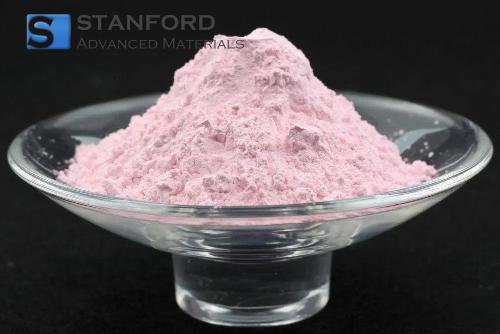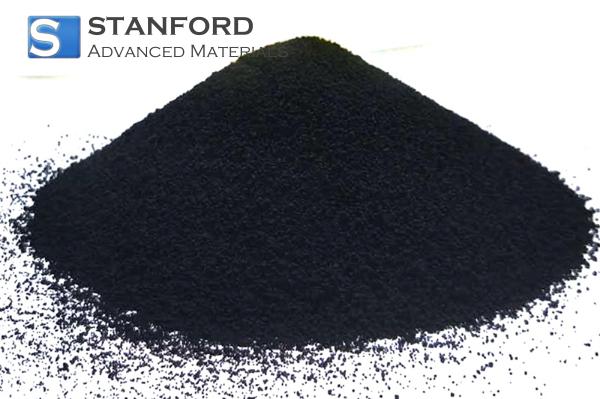Absorbance: Basics And Applications
What is Absorption?
Absorption is a fundamental concept in spectroscopy and analytical chemistry. It refers to the measurement of the amount of light that a substance absorbs when light passes through it. When light interacts with a material, certain wavelengths are absorbed, while others are transmitted or reflected. The extent of light absorption depends on the substance’s concentration, the path length of the light through the material, and the specific wavelength of the light used.
Relationship with the Beer–Lambert Law
The Beer–Lambert Law relates the absorption of light by a substance to its concentration and the length of the light path through the solution. It is expressed as A = ϵ · c · l, where A denotes the absorption, ϵ is the molar absorptivity, c is the concentration, and l is the path length. The absorption is calculated using the formula A = -log(I/I₀), where I represents the transmitted light intensity and I₀ is the incident light intensity. This law is essential for quantifying the concentrations of dissolved substances in spectroscopic analysis.
Relationship with Concentration
According to the Beer–Lambert Law, absorption is directly proportional to the concentration of a substance in a solution. As the concentration increases, the absorption also increases, provided that the path length and the molar absorptivity remain constant. Consequently, absorption measurements are used to determine the concentration of a dissolved substance in a sample.
Overview of Absorption Spectroscopy
Absorption spectroscopy is an analytical technique used to determine the concentration of a substance in solution. By measuring the absorption of light at specific wavelengths, scientists can identify and quantify various compounds. This method is widely used in the fields of Chemistry, Biology, Environmental Science and Medicine. It is applied, for example, in assessing the purity of substances, analysing biological samples and monitoring environmental contaminants.
Applications of Absorption Spectroscopy
Absorption spectroscopy finds use in a variety of scientific and industrial fields:
|
Application Area |
Description |
|
Chemical Analysis |
Determination of the concentrations of reactants and products in chemical reactions. |
|
Biochemistry |
Analysis of proteins, nucleic acids and other biomolecules. |
|
Environmental Testing |
Monitoring of contaminants in air, water and soil samples. |
|
Ensuring the purity and quality of pharmaceutical compounds. |
|
|
Clinical Diagnostics |
Measurement of biomarkers and other indicators in medical testing. |
The method produces quantifiable data and is utilised in both research settings and practical applications.
Frequently Asked Questions
What is the difference between absorption and transmission?
Absorption measures the amount of light that is absorbed by a substance, whereas transmission refers to the amount of light that passes through it. They are inversely related; as absorption increases, transmission decreases.
How does the Beer–Lambert Law relate to the absorption level?
The Beer–Lambert Law mathematically relates absorption to the concentration of a substance, the light path length and the molar absorptivity. It is fundamental in quantitative spectroscopic analysis.
Can absorption spectroscopy be applied to solid samples?
Yes, absorption spectroscopy may be adapted for solid samples by employing techniques such as diffuse reflectance or by preparing the sample in an appropriate form, for example, as a thin film or pellet.
What factors can affect the accuracy of absorption measurements?
Factors include the purity of the reagents, the calibration of the spectrophotometer, the presence of interfering substances and the precision in measuring the path length and concentration.
Is absorption spectroscopy restricted to specific types of molecules?
No, absorption spectroscopy can be employed to analyse a wide range of molecules, including organic, inorganic and biological compounds, provided that they contain chromophores that absorb light at specific wavelengths.

 Bars
Bars
 Beads & Spheres
Beads & Spheres
 Bolts & Nuts
Bolts & Nuts
 Crucibles
Crucibles
 Discs
Discs
 Fibers & Fabrics
Fibers & Fabrics
 Films
Films
 Flake
Flake
 Foams
Foams
 Foil
Foil
 Granules
Granules
 Honeycombs
Honeycombs
 Ink
Ink
 Laminate
Laminate
 Lumps
Lumps
 Meshes
Meshes
 Metallised Film
Metallised Film
 Plate
Plate
 Powders
Powders
 Rod
Rod
 Sheets
Sheets
 Single Crystals
Single Crystals
 Sputtering Target
Sputtering Target
 Tubes
Tubes
 Washer
Washer
 Wires
Wires
 Converters & Calculators
Converters & Calculators
 Write for Us
Write for Us





 Chin Trento
Chin Trento



